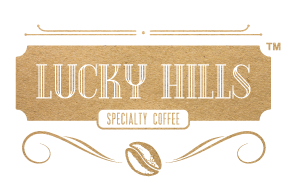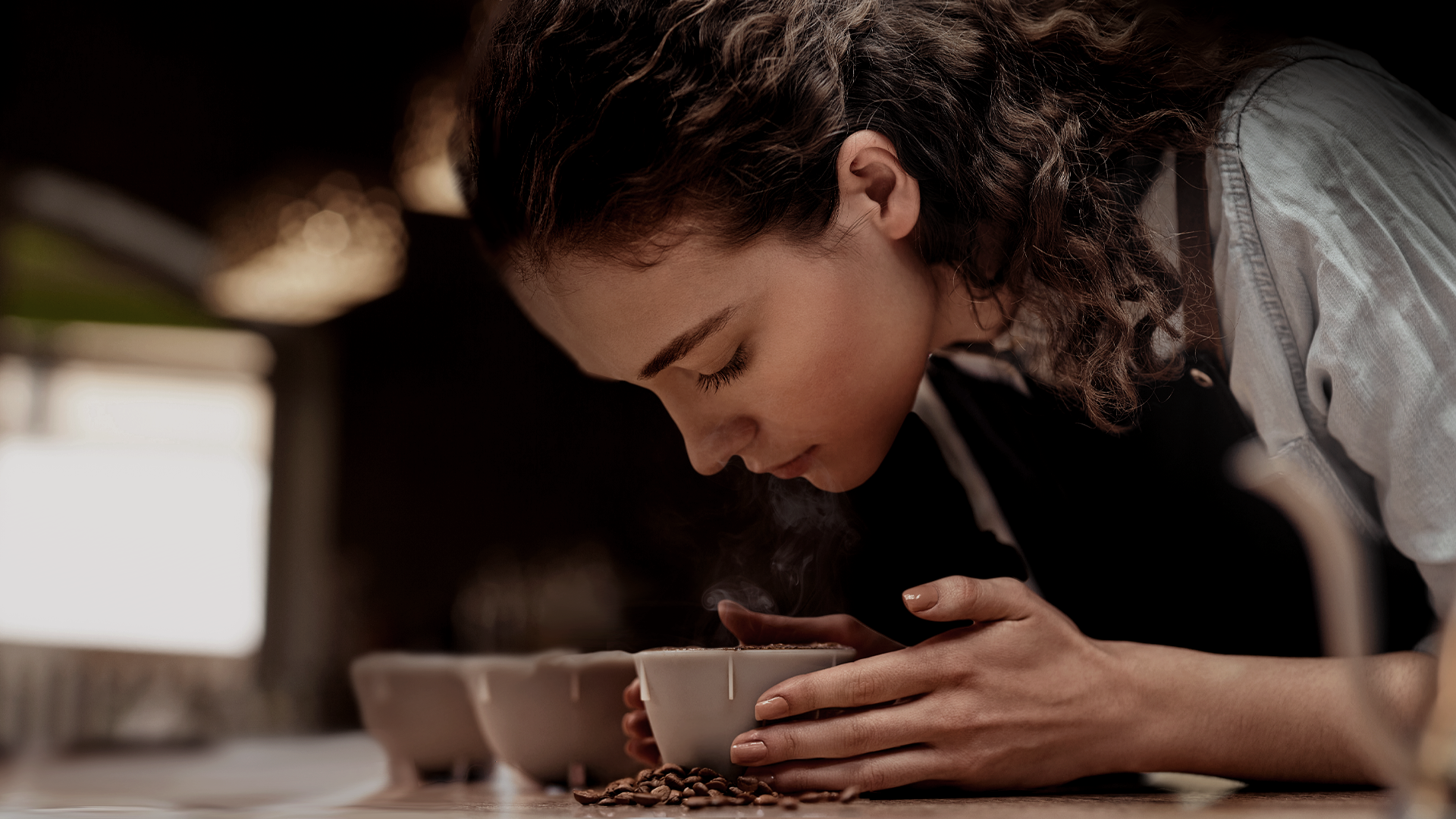Coffee lovers worldwide are familiar with the rich aroma and flavors that make each cup unique. But what separates a good cup from a truly exceptional one? This is where the Specialty Coffee Association (SCA) and its cupping protocol come in.
This standard practice is vital for ensuring quality and consistency in the world of specialty coffee. If you’ve ever wondered what SCA coffee is or how professionals taste and evaluate coffee, this article is your guide. Read on!
What is SCA Coffee?
SCA stands for the Specialty Coffee Association, an organization that sets global standards for coffee excellence. Its mission is to promote the highest quality in coffee production, ensuring that each step, from cultivation to cup, meets the criteria for what they consider “specialty coffee.”
But what is SCA coffee? Essentially, it refers to coffee beans that score 80 or more on the SCA’s 100-point scale. These beans are free from significant defects, have exceptional flavor profiles, and are often grown in specific microclimates that enhance their taste.
See the grading scale according to the SCA protocol:
- 90-100: EXCELLENT – Specialty Coffee
- 85-89.99: VERY GOOD – Specialty Coffee
- 80-84.99: GOOD – Specialty Coffee
- Below 80.0: BELOW SPECIALTY STANDARD – Does not qualify as specialty coffee
In this context, specialty coffee is a level above the beverages many people are used to, offering complexity in flavor, aroma, and body.
Cupping: What It Is and Why It Matters
So, how do professionals assess the quality of SCA coffee? This is where the cupping protocol comes into play. Cupping, in essence, is a standardized method used by coffee experts to evaluate and compare different beans. Whether you are a producer, roaster, or coffee enthusiast, understanding the cupping process can deepen your appreciation for specialty coffee.
The cupping protocol involves carefully controlled conditions, ensuring consistency and impartiality in evaluating different coffees. This allows tasters to focus on key aspects such as aroma, flavor, acidity, body, and aftertaste. It is a ritual that celebrates the complexity of coffee, uncovering each characteristic to ensure that only the best beans are recognized as specialty coffee.
How to Do Cupping
Here’s a simplified version of the process, perfect for anyone who wants to try coffee tasting like a professional:
-
Set Up Your Cupping Table
You’ll need a selection of freshly roasted, high-quality coffee beans, preferably from different origins. Grind each coffee to a medium-coarse consistency, similar to what you’d use for a French press. Place the ground coffee in small cups, usually around 12 grams per cup, and prepare your hot water at about 93°C (200°F).
-
Smell the Ground Coffee
Before adding water, take a moment to smell the ground coffee. This gives you the first hint of the coffee’s aroma. Take notes on what you perceive – are there fruity, floral, or nutty notes? Aroma is an essential part of the cupping process, as it can reveal much about the coffee’s flavor profile.
-
Add Water and Wait
Pour hot water over the grounds and let it steep for about 4 minutes. During this time, the coffee will form a crust on the surface. This is an important step, as the crust holds much of the coffee’s aroma.
-
Break the Crust
After 4 minutes, use a spoon to gently break the crust. Lean in and smell the coffee again, as breaking the crust releases even more aromatic compounds. This is the moment you’ll notice changes in the coffee’s aroma, from dry grounds to the infusion.
-
Taste the Coffee
Once the crust is broken, skim off any residue on the surface. Let the coffee cool slightly before tasting, as the flavors are more pronounced at a moderate temperature. Use a spoon to slurp the coffee (yes, slurp!). It may sound odd, but slurping aerates the liquid, allowing it to spread across your palate for better flavor detection. Pay attention to the coffee’s acidity, sweetness, body, and aftertaste.
-
Take Notes
Throughout the process, keep a notebook handy to record your observations. The cupping protocol is highly systematic, and tasters often use a scoring sheet to evaluate specific attributes of the coffee. These include fragrance/aroma, flavor, aftertaste, acidity, body, balance, and overall impression.
Check out more details about cupping in these two articles we’ve published on the topic:
However, for those serious about coffee, learning the cupping protocol is a valuable way to engage more deeply with your drink. The SCA cupping standards provide a consistent method for evaluating quality, ensuring that only the finest beans are labeled as specialty coffee.
Whether you’re a coffee professional or simply an enthusiast, cupping offers a new appreciation for the craft and care behind each cup.
Experience the Taste of Lucky Hills Specialty Coffee
At Lucky Hills, we are dedicated to delivering an unparalleled experience in specialty coffee. Grown in the renowned coffee region of Carmo da Cachoeira, in southern Minas Gerais, Brazil, our beans are carefully imported to the United States and roasted on demand in Florida, ensuring unique freshness and unmatched flavor.
When you choose Lucky Hills specialty coffee, you’re offering your customers not just an exceptional beverage but a complete sensory experience.
Contact our consultants to discover the available varieties or visit our website.



